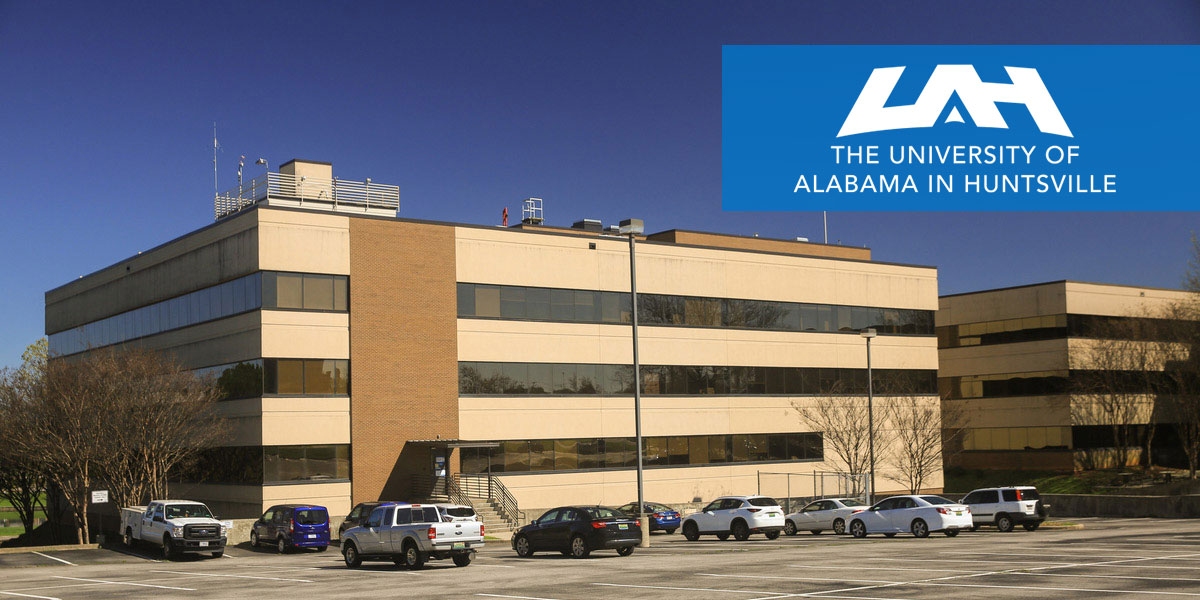Cutting-edge, state of the art weather and climate data and analyses for Alabama business and governmental stakeholders is the goal of a new partnership between The University of Alabama in Huntsville (UAH) and Regional Earth System Predictability Research LLC (RESPR), a company with a UAH alumnus as its chief executive officer (CEO).
RESPR CEO Dr. James Stalker recently signed a memorandum of understanding with UAH, a part of the University of Alabama System, that partners UAH’s Earth System Science Center with the company to develop the analyses to cover 10 sectors important to Alabama, including agriculture, water resources and climate change.
The analyses will tie weather and climate effects to Alabama’s economic growth and the state’s gross domestic product.
On the UAH side, Dr. John Christy, interim vice president for research and economic development and Alabama’s state climatologist, joined Dr. Kevin Knupp, professor of atmospheric and Earth science, Dr. Walter “Lee” Ellenburg, an ESSC research engineer, and Dr. Arastoo Biazar, an ESSC principal research scientist, in developing the partnership.
Led by Dr. Knupp and Dr. Stalker, the effort will employ a novel modeling strategy that will provide datasets and resources for a host of applications statewide.
“Dr. Stalker offers an opportunity to work with UAH to generate a unique characterization of decades of Alabama’s weather history on an hour-by-hour basis for each square kilometer over the entire state,” says Dr. Christy.
“This type of detailed information is of high value to those who design infrastructure, grow crops, monitor air quality and manage transportation systems – just to name a few of its many applications,” he says. “And, it is terrific to see someone you had in class 30 years ago look to his alma mater for such a project.”
The National Weather Service could benefit from the development effort in operational meteorology, because the 1-kilometer resolution of the data will provide insights on micrometeorology and microclimatology. Likewise, agriculture could benefit because of improved insights on variability of precipitation, temperature and soil moisture.
The work could be valuable to the utilities industry because a better understanding of wind variability has proven to be beneficial to wind turbine operations, as well as to research and academia, where such high resolution data could provide insight into tornado phenomena.
“A better understanding of bird and insect migration could be a product of this research,” says Dr. Knupp. “The general population should benefit from this activity via improved forecasts of all sorts of weather.”
“Even though this is a major milestone in building out this project for Alabama, it took place after multiple iterations without much fanfare due to the pandemic,” Dr. Stalker says. “All the credit goes to Dr. John Christy, who was essential to establishing the partnership.”
The partners plan to introduce their technology solutions and processes for implementation and show how various sectors will benefit at a meeting Nov. 19 at noon in the National Space Science Technology Center (NSSTC) located in UAH’s Robert “Bud” Cramer Research Hall.
(Courtesy of UAH)













